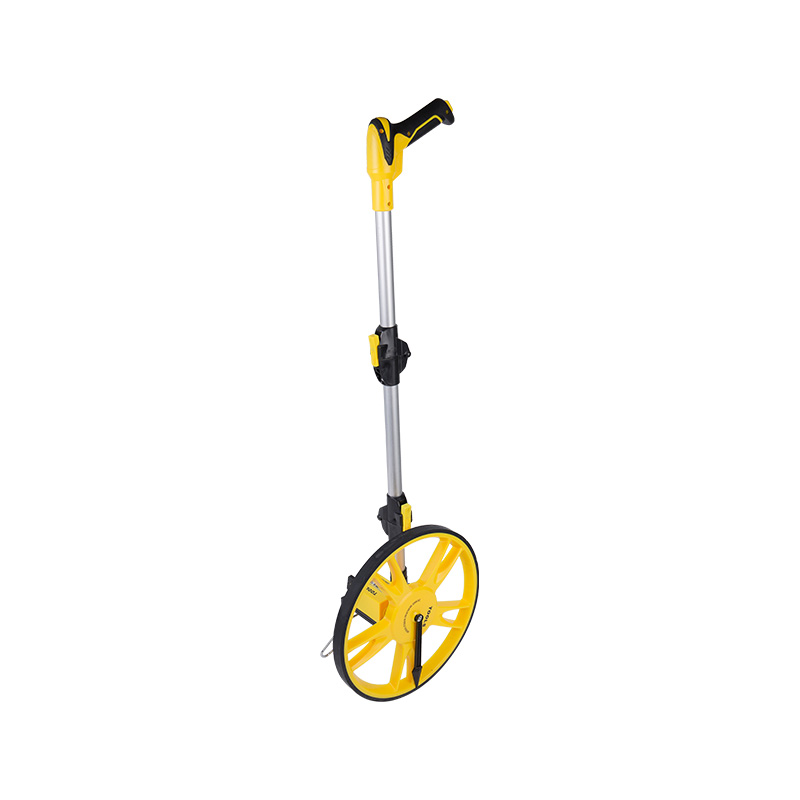Ease of Transport: In professional settings such as surveying, construction, or landscaping, the ease with which a measuring wheel can be transported affects the workflow significantly. A lightweight design enables quick and effortless relocation of the tool between different sites or areas, which is essential when dealing with multiple locations in a single day. Professionals benefit from a tool that does not require additional effort to move, allowing them to focus more on their tasks rather than on managing heavy equipment. This ease of transport also enhances safety by reducing the risk of strain or injury associated with carrying cumbersome tools.
User Fatigue: Prolonged use of a measuring wheel can be physically demanding, especially in environments where measurements need to be taken continuously or across large areas. A measuring wheel that is lighter and well-balanced reduces the physical strain on the user, which is crucial for maintaining productivity and accuracy throughout the workday. By minimizing fatigue, the user can operate the wheel more comfortably and efficiently, leading to better results and a lower risk of errors due to tiredness. Ergonomic designs that consider user posture and handle positioning contribute to reducing muscle strain and enhancing overall comfort.
Operational Efficiency: The operational efficiency of a measuring wheel is greatly influenced by its weight and portability. In fast-paced or high-demand situations, such as on construction sites or during large-scale surveying projects, the ability to quickly and effectively deploy the measuring wheel can impact the overall project timeline. A lighter wheel allows for swift maneuvering and rapid adjustments, which can be crucial when precise measurements are needed promptly. This efficiency not only improves productivity but also ensures that tasks are completed within set deadlines, enhancing the overall workflow.
Storage: Proper storage is vital for maintaining the integrity and readiness of tools. A measuring wheel that is compact and lightweight is easier to store in vehicles, tool sheds, or workspaces where space is limited. Efficient storage solutions prevent damage and ensure that the wheel is readily accessible when needed. In scenarios where professionals must transport multiple tools, a measuring wheel with a space-saving design integrates seamlessly into their equipment setup, minimizing clutter and improving organization. The compact design often translates to quicker setup and teardown times, further contributing to overall efficiency.
Versatility: The versatility of a measuring wheel is closely tied to its weight and portability. A wheel that is easy to transport and handle can be used in a variety of settings, from urban environments with restricted access to rural areas with uneven terrain. This adaptability allows professionals to use the wheel in diverse applications, such as land measurement, road construction, or landscaping, without being hindered by the tool's weight. A portable measuring wheel enables users to address different measurement needs and navigate various environmental challenges with ease.
Durability vs. Weight: Achieving a balance between weight and durability is crucial for a measuring wheel's performance. While a lighter wheel enhances portability, it must also be constructed from high-quality materials to withstand the rigors of professional use. Durability considerations include the wheel's resistance to wear and tear, its ability to handle rough or uneven surfaces, and its overall lifespan. Professionals should assess the build quality and material choices to ensure that the lightweight design does not compromise the wheel's robustness and long-term reliability. A durable wheel that remains functional under challenging conditions provides greater value and minimizes the need for frequent replacements.




 English
English Español
Español
















